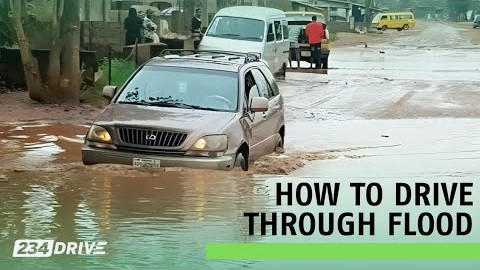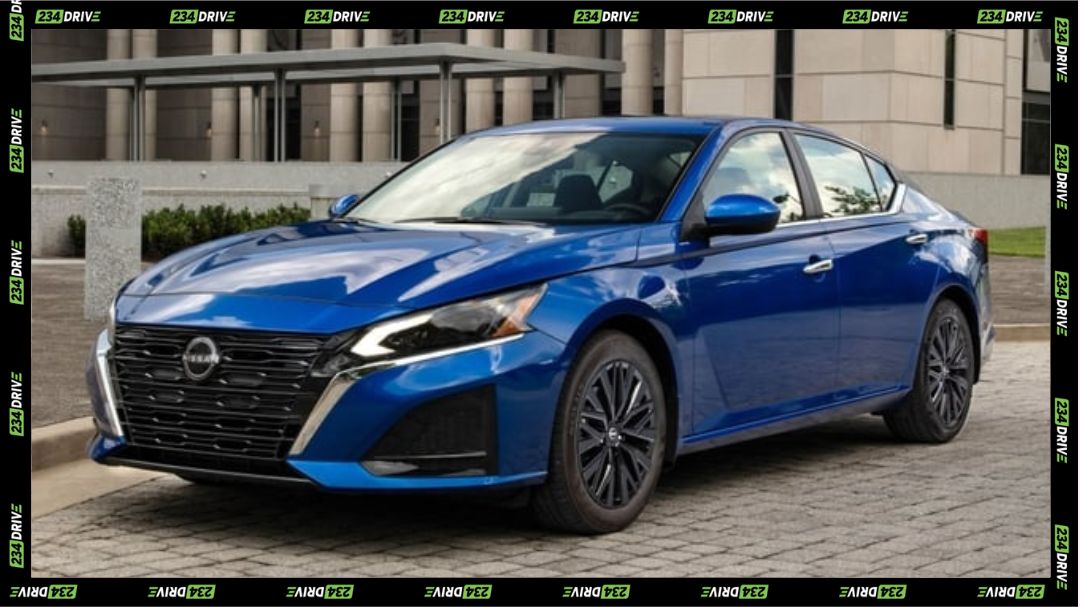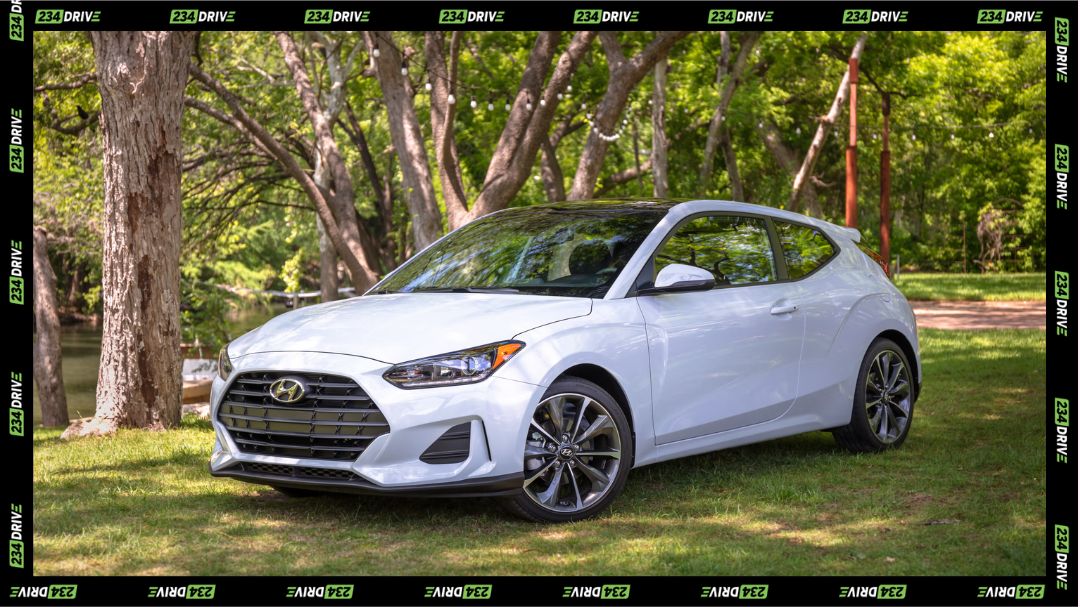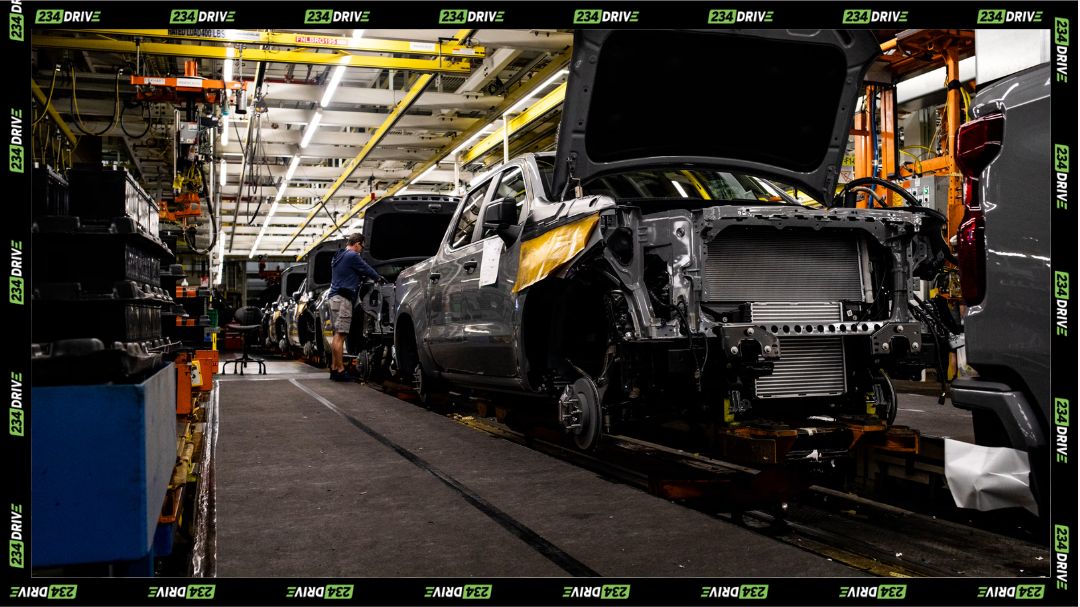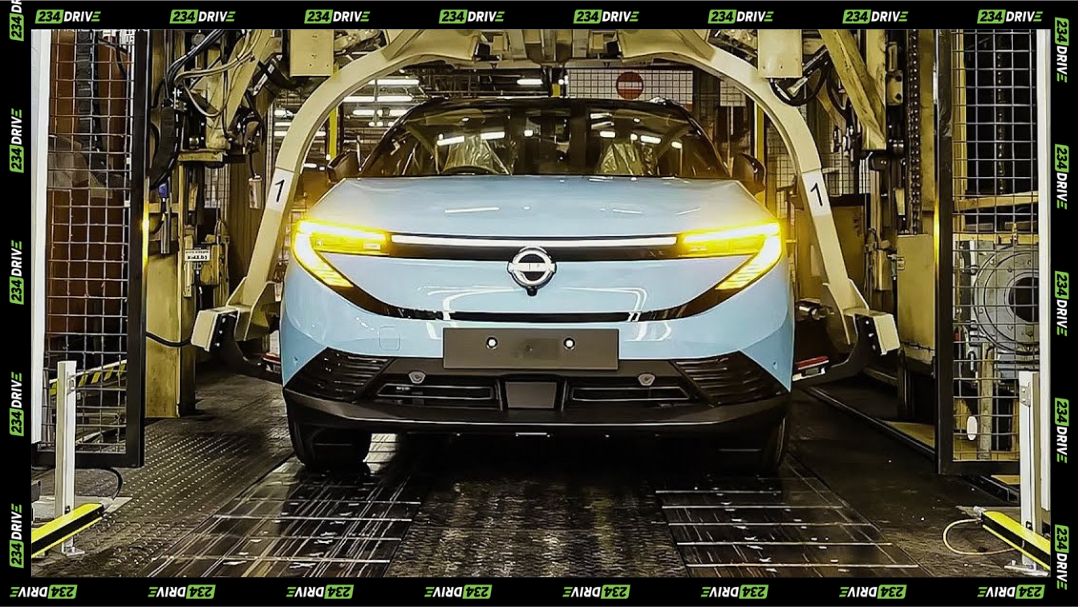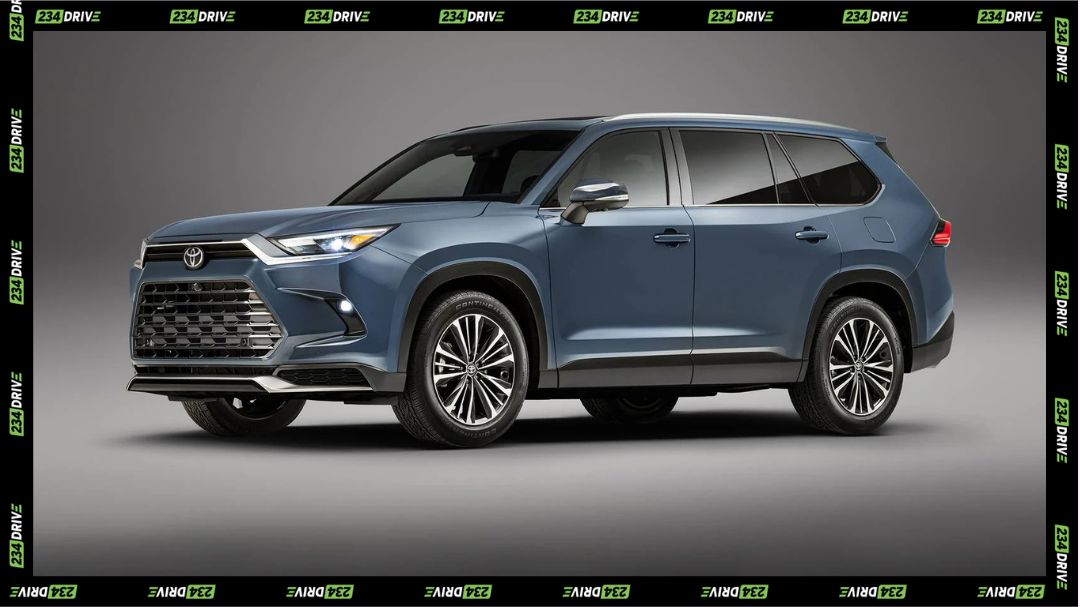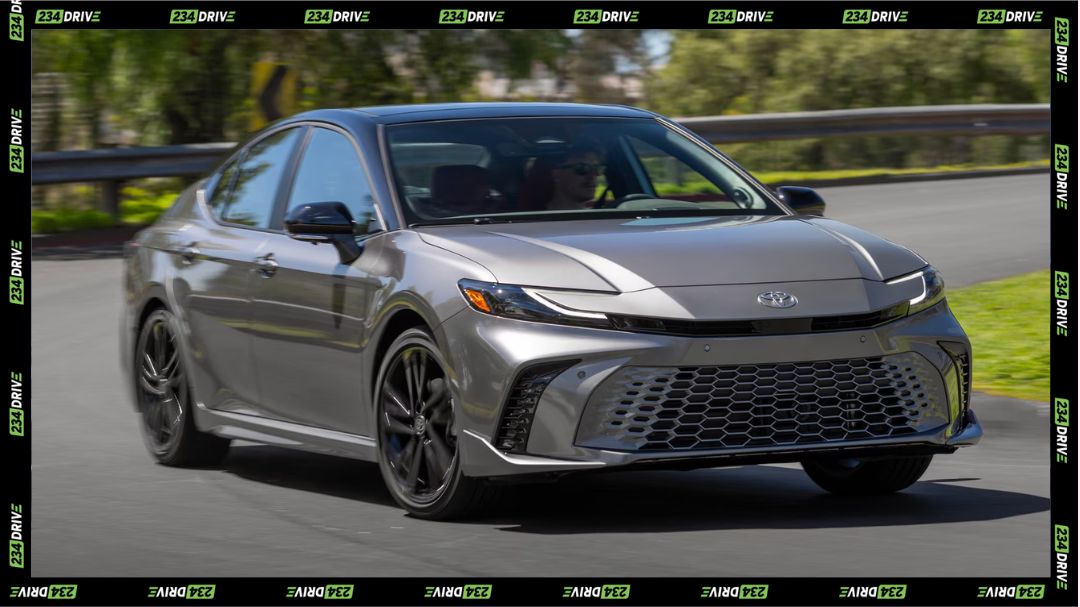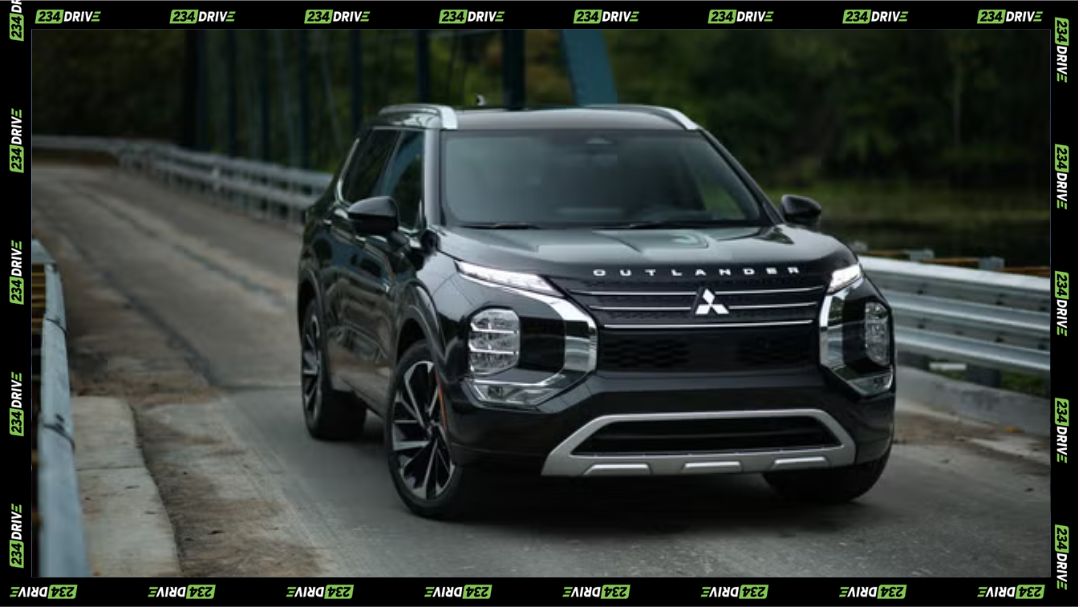Picture this: you leave home on a sunny morning, only to be caught in a sudden downpour with streets turning into rivers. Sound familiar, especially if you live in a place like Lagos, Nigeria? Driving through flood water can be risky, leading to car damage or even dangerous situations. That’s why we’ve put together the ultimate guide with five essential tips to help you navigate floods safely. So, let’s dive in and get you prepared!
Understanding the Risks of Driving Through flood water
Before we jump into the BEST TIPS for driving through Flood, let’s talk about why these tips are so important. Driving through flood water isn’t just a minor inconvenience; it can be downright dangerous.
Even shallow water can be a major threat. Just a few inches of moving water can sweep a car away. Higher water levels can stall your engine and damage electrical components. Imagine being stuck in the middle of a flooded street, with your car refusing to start. Not fun, right?
Heavy rain and splashing water make it hard to see what’s ahead. Potholes, debris, or other hazards on the road can be hidden beneath the surface. You might not see that open manhole until it’s too late! flood water can hide all sorts of dangers, like sharp objects and downed power lines.
Driving through flood water can cause significant damage to your car’s engine, electrical system, and interior. Repairs can be costly. flood water can seep into your car’s interior, leading to mold and mildew growth.
Flash floods rise quickly, leaving you with little time to react. Always be aware of weather forecasts. Check local news and weather apps regularly, especially during the rainy season.
Tip #1: Drive Really Slowly
Okay, let’s get to the first and most important tip: drive really slowly. Why is this so crucial?
Driving fast forces water into your car’s engine and other internal components, potentially causing serious damage. The force of the water can bend connecting rods, ruin the engine block, and cause other expensive issues. Here are some engine parts that can be damaged:
- Connecting rods
- Engine block
- Pistons
- Crankshaft
Driving slowly reduces the amount of water splashing upwards, protecting your car’s electrical system. This helps prevent short circuits and other electrical problems. Reduced speed gives you more control over your vehicle, allowing you to react to unexpected obstacles or changes in water depth. You’ll have more time to steer around potholes or avoid debris.
So, how slow is slow enough? Aim for a crawling speed, no more than 5-10 mph. Err on the side of caution. It’s better to arrive late than to damage your car.
Tip #2: Keep a Good Distance
Next up, let’s talk about keeping a good distance between you and the car in front of you. This is even more important in flooded conditions than it is normally.
Wet roads significantly increase your car’s stopping distance. Leave plenty of space between you and the car in front of you. If the car ahead encounters a problem – like falling into a ditch – you need enough time to react and avoid the same fate.
flood water reduces visibility, making it harder to anticipate the actions of other drivers. An increased following distance gives you more time to react. Under normal conditions, the two-second rule is a good guideline. In flood water, increase that to at least four or five seconds. Give yourself plenty of room to maneuver.
Imagine the car in front suddenly stops because of a hidden pothole. If you’re too close, you won’t have time to react and could rear-end them, making a bad situation worse.
Tip #3: If Your Car Stalls, Don’t Restart It!
Now, this is a big one: If your car stalls in flood water, do not, under any circumstances, try to restart it!
When your car stalls in flood water, it’s likely that water has entered the engine. Restarting it can cause irreparable damage. Water is incompressible. Trying to compress water in your engine cylinders can bend connecting rods and crack the engine block, leading to a costly repair known as hydrolock.
Restarting the car can also fry essential electrical components, compounding the problem. You could end up with a huge repair bill.
The best course of action is to push the car to higher ground. Ask for help from bystanders or call for a tow truck. Get your car out of the water without trying to start it. Restarting the car after it has stalled in flood water might void your insurance claim. It’s always best to follow the recommended procedure.
Tip #4: Switch Off Your AC
This might seem counterintuitive, but trust us on this one: switch off your AC when driving through flood water.
For cars close to the ground, the AC fan can suck up water and splash it into critical engine components. Water splashed by the fan can cause electrical shorts, damaging your car’s electrical system. Turning off the AC can slightly increase your car’s ground clearance, which can be helpful in shallow flood water. Every little bit helps!
Running the AC puts extra strain on the engine. Turning it off can help your car cope with the added resistance of moving through water. If you need some airflow, crack open your windows slightly instead of using the AC.
Tip #5: Drive Slowly After Exiting the Flood
You’ve made it through the flood! But you aren’t out of the woods yet. It’s essential to continue driving slowly even after leaving the flooded area.
Water can get trapped in various parts of your car, including the brakes, suspension, and exhaust system. Driving slowly allows this water to drain out naturally. Water on your brake rotors can reduce braking efficiency. Driving slowly allows the brakes to dry and regain their full stopping power.
Driving slowly helps you detect any unusual noises or changes in your car’s handling, indicating potential suspension damage. Pay attention to how your car feels and sounds. Water in the exhaust system can create backpressure and reduce engine performance. Driving slowly allows the water to evaporate.
Pay attention to any unusual sounds or vibrations. If something doesn’t seem right, take your car to a mechanic for inspection.
Additional Tips for Driving in Flooded Areas
Here are some extra tips to keep in mind when driving in flooded areas:
- Plan Your Route: Before you head out, check for flooded areas and plan an alternative route. Use navigation apps and check traffic reports to avoid flooded roads.
- Check Weather Forecasts: Stay updated on weather forecasts and avoid driving during periods of heavy rain or flood warnings. Knowing what to expect can help you avoid dangerous situations.
- Know Your Car’s Limits: Understand your car’s ground clearance and its ability to handle water. Avoid driving through flood water that is too deep for your vehicle.
- Avoid Standing Water: If possible, avoid driving through standing water altogether. It’s always better to find an alternative route.
- Roll Down Your Windows: Roll down your windows slightly so you can hear what’s going on around you. You may hear warnings from other drivers or sounds that indicate danger.
- Use Your Headlights: Turn on your headlights to increase visibility, even during the day. Make sure other drivers can see you.
- Stay Calm: If you find yourself in a flooded area, stay calm and avoid making sudden movements. Assess the situation and proceed with caution.
Post-Flood Car Care
Once the flood has passed, it’s important to take care of your car to prevent long-term damage. Here’s what you should do:
- Brake Check: After driving through flood water, pump your brakes gently to dry them out. This helps restore their stopping power.
- Undercarriage Wash: Wash the undercarriage of your car to remove any mud, salt, or debris. This prevents rust and corrosion.
- Interior Cleaning: Check your car’s interior for any water damage. Dry any wet carpets or upholstery to prevent mold growth.
- Mechanical Inspection: Have your car inspected by a mechanic to check for any potential damage caused by the flood water. They can identify and fix any hidden problems.
- Fluid Check: Check the engine oil, transmission fluid, and other fluids for contamination. Replace them if necessary. Water in your fluids can cause serious engine damage.
Conclusion
Driving through flood water can be challenging, but with the right knowledge and precautions, you can stay safe and protect your vehicle. Remember these five BEST TIPS for driving through Flood: drive slowly, keep a good distance, don’t restart a stalled car, switch off your AC, and drive slowly after exiting the flood. Share this guide with your friends and family to help them stay safe on the road during the rainy season. Safety should always be your top priority. Do you have any experiences driving through floods? Share your tips and questions in the comments below!


